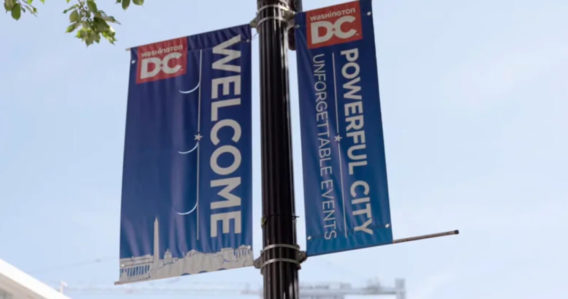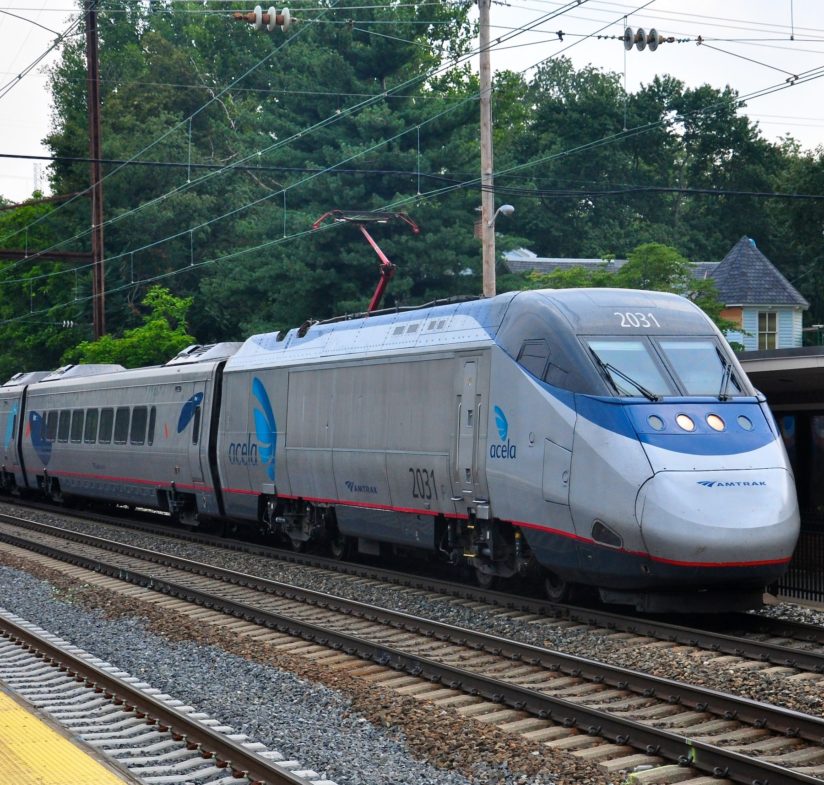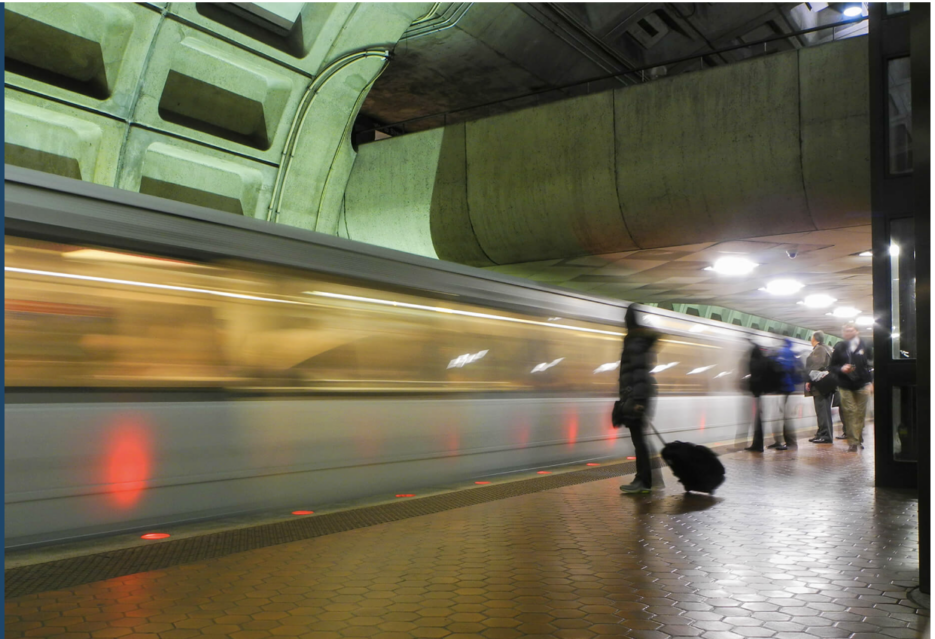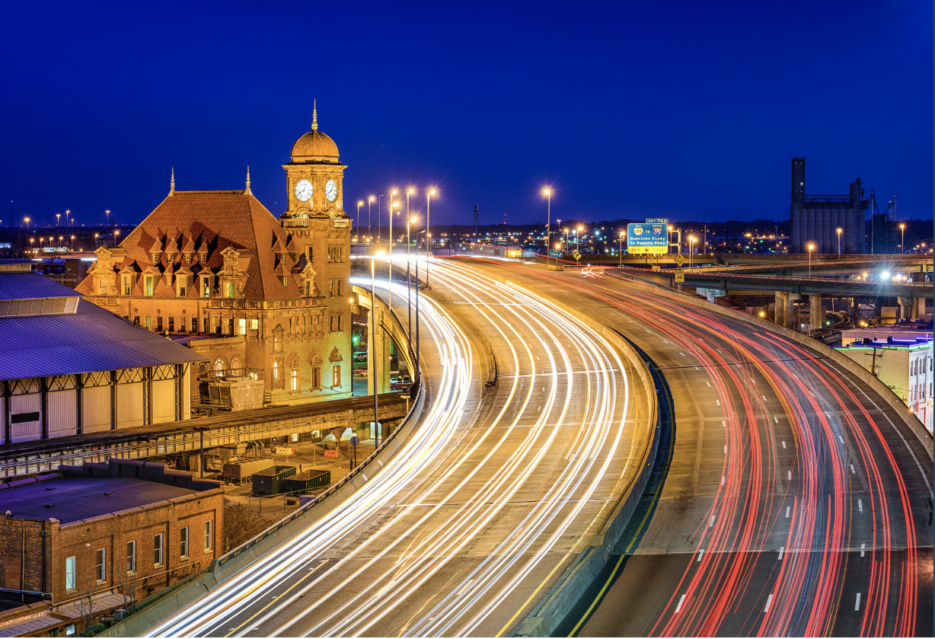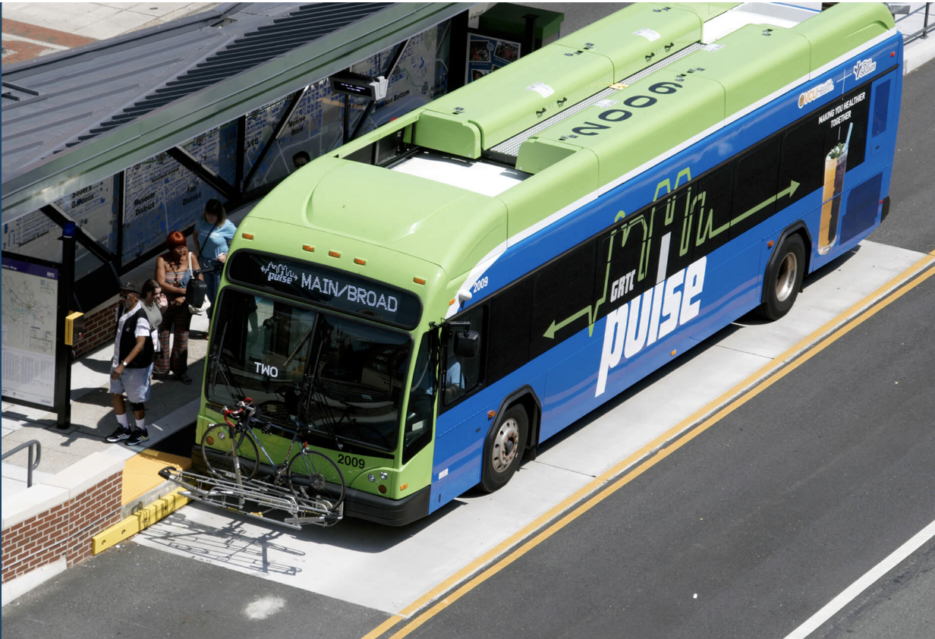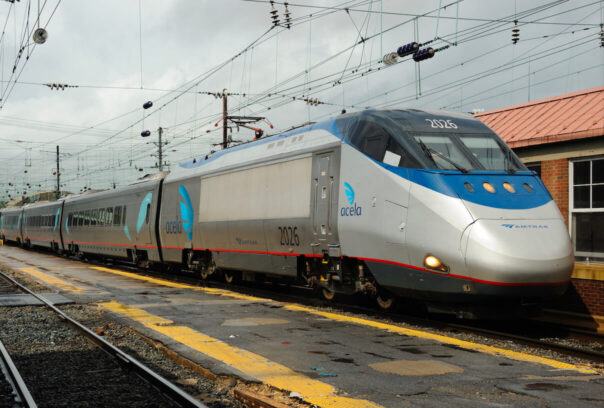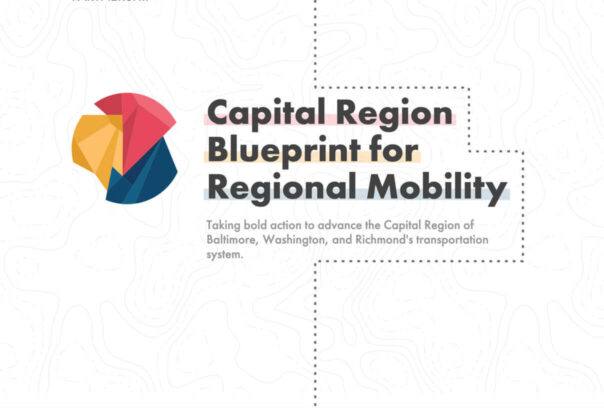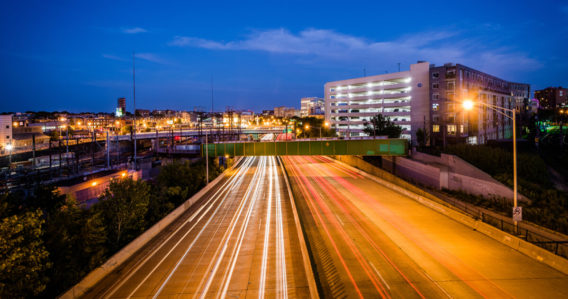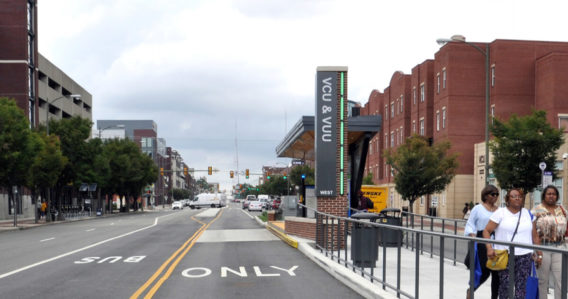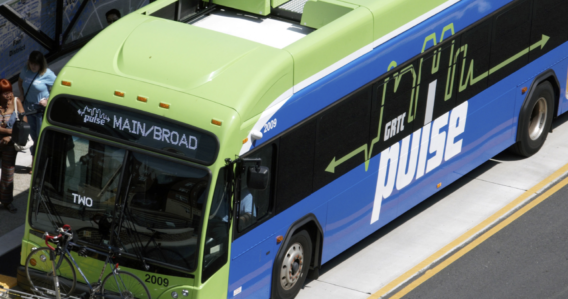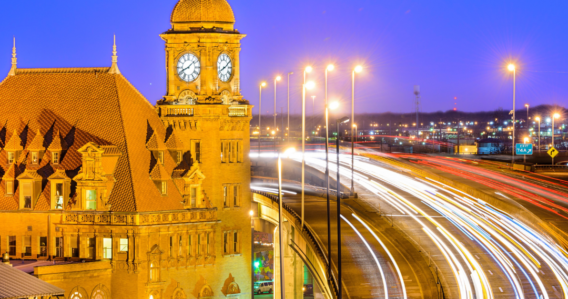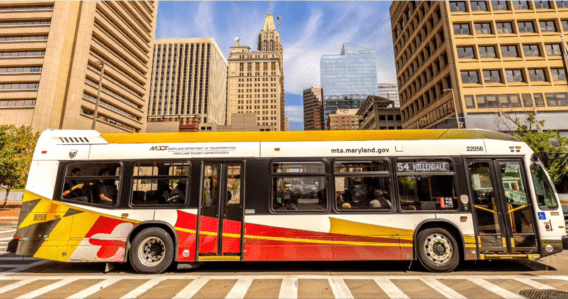Regional mobility is critical to an
efficient, productive and
prosperous regional economy
It expands our options for employment and housing; it enables the connection of people, ideas, and innovation; it opens access to new educational opportunities, and it shapes our quality of life.
Four Priorities for Our Region’s Transportation
-

Connect the Super Region:
Through faster, more reliable, and robust mobility options, we will create a more closely connected super-region—with a focus on connecting the major downtown activity centers of Baltimore, Washington, and Richmond – to maximize the economic benefits of expanded access to talent, housing, and intellectual and social amenities. -

Ensure Equitable Access:
Through affordable, reliable, and diverse mobility options, every resident of the Capital Region — regardless of his or her community — will have access to employment, education, and healthcare opportunities that expand economic mobility and opportunity. -

Improve the Consumer Experience:
Through an expanded, modernized, and coordinated network of mobility options cutting across our region’s jurisdictional boundaries, travel to and from daily destinations will be seamless and reliable, resulting in greater productivity and better quality of life. -

Integrate Innovation:
By encouraging and enabling the consistent, seamless, and rapid adoption of mobility innovations across the region and its jurisdictional boundaries, we will enable and accelerate a highly connected super-region, an improved consumer experience, and more equitable access for all.
Quick Stats
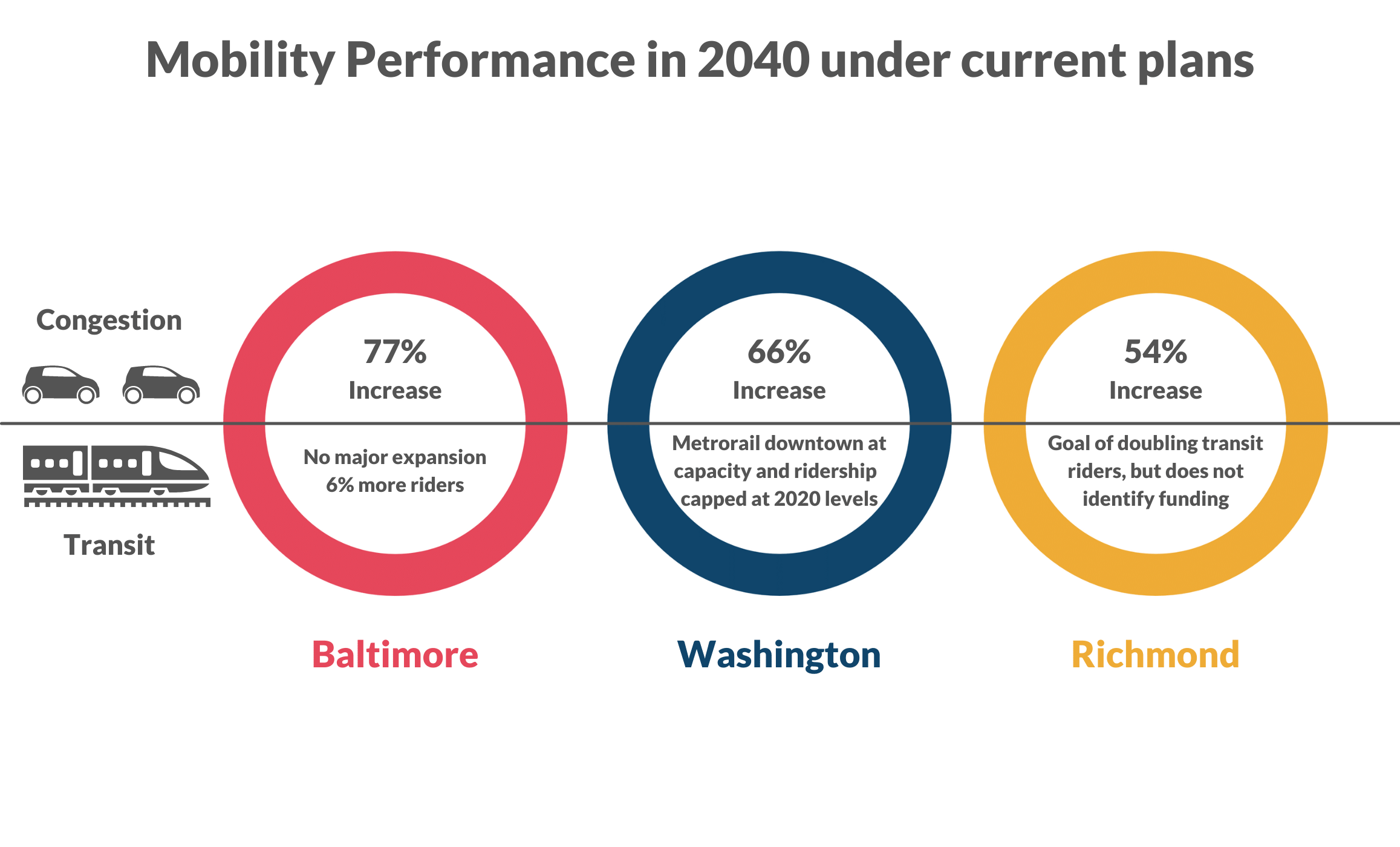
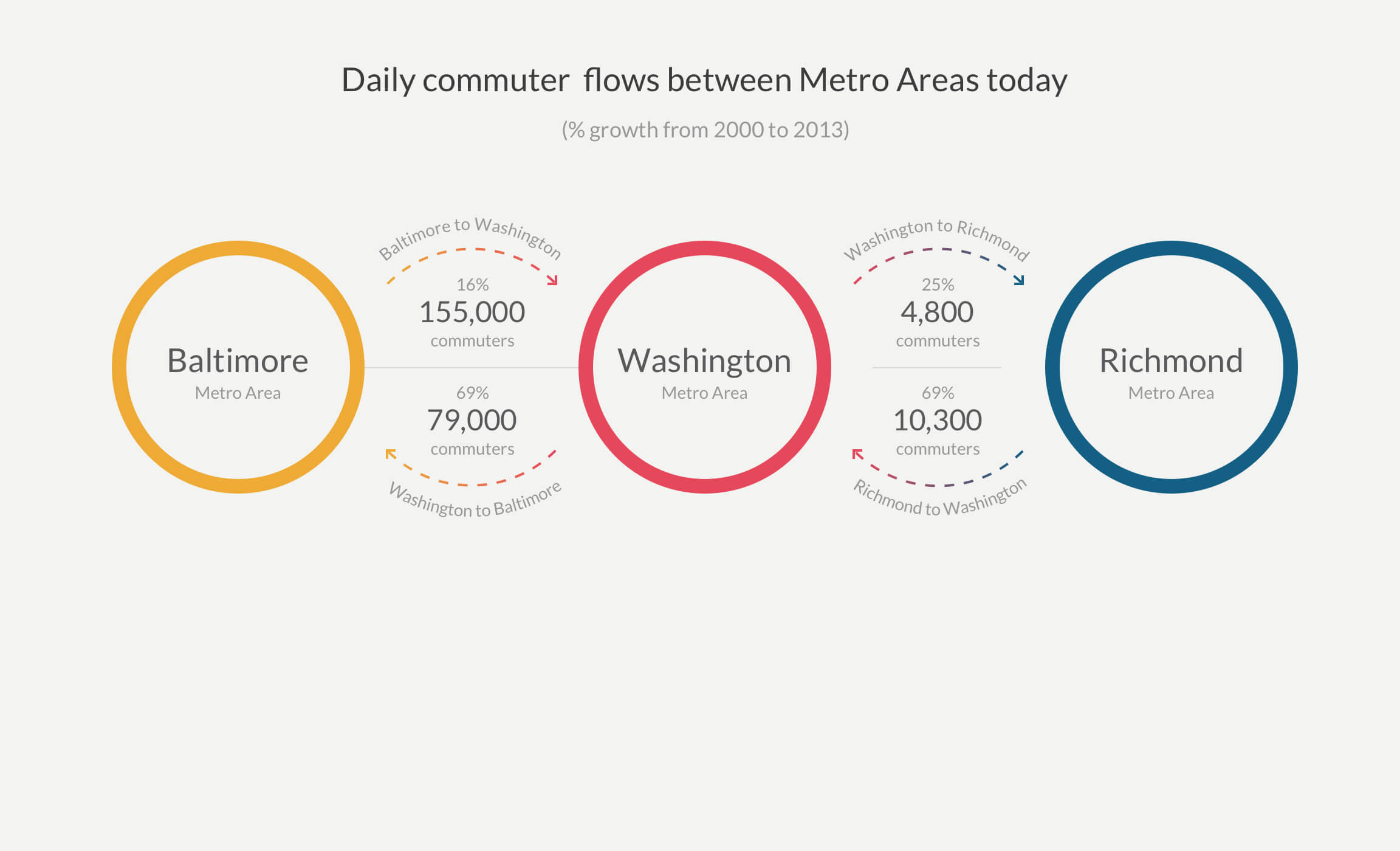
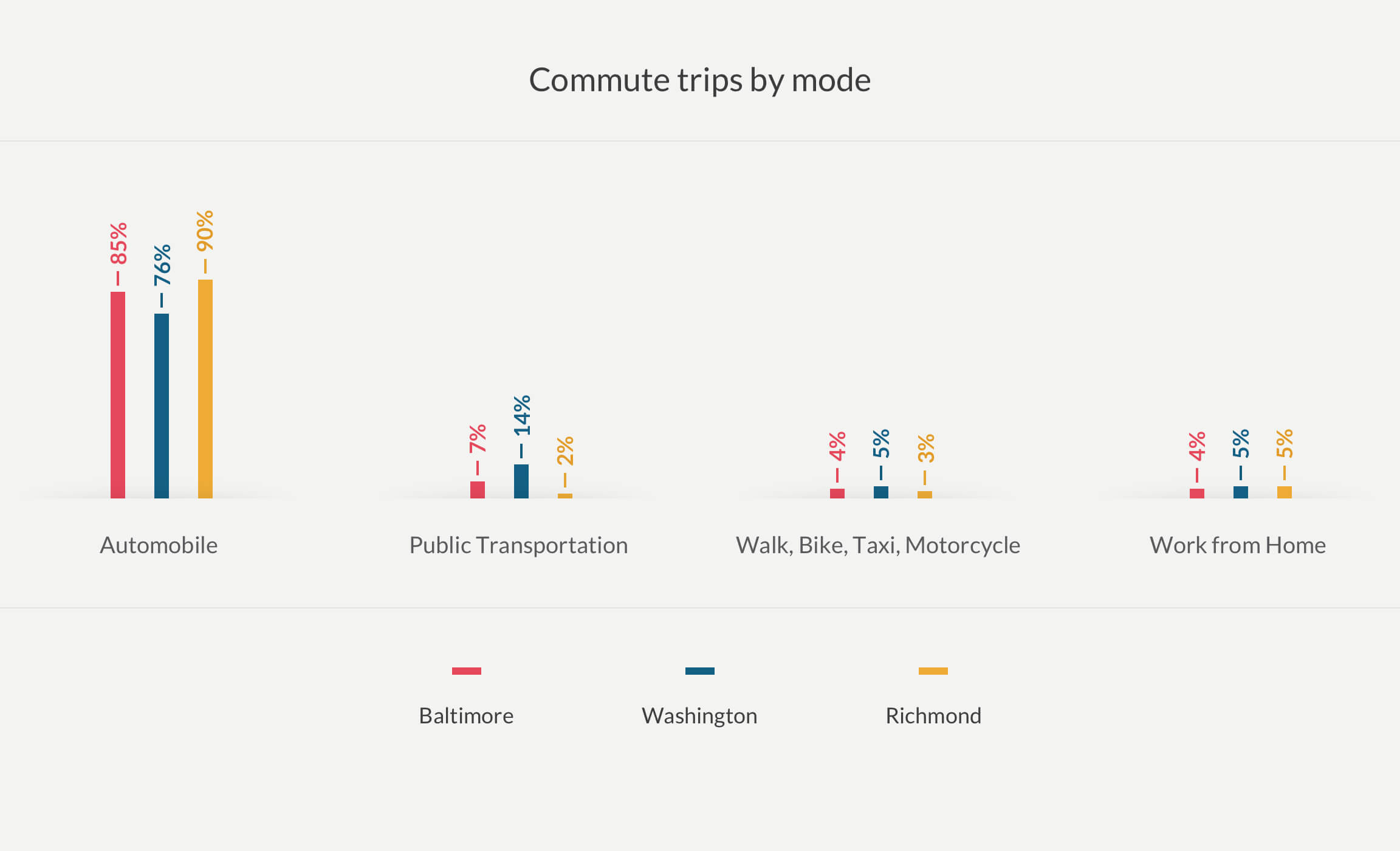
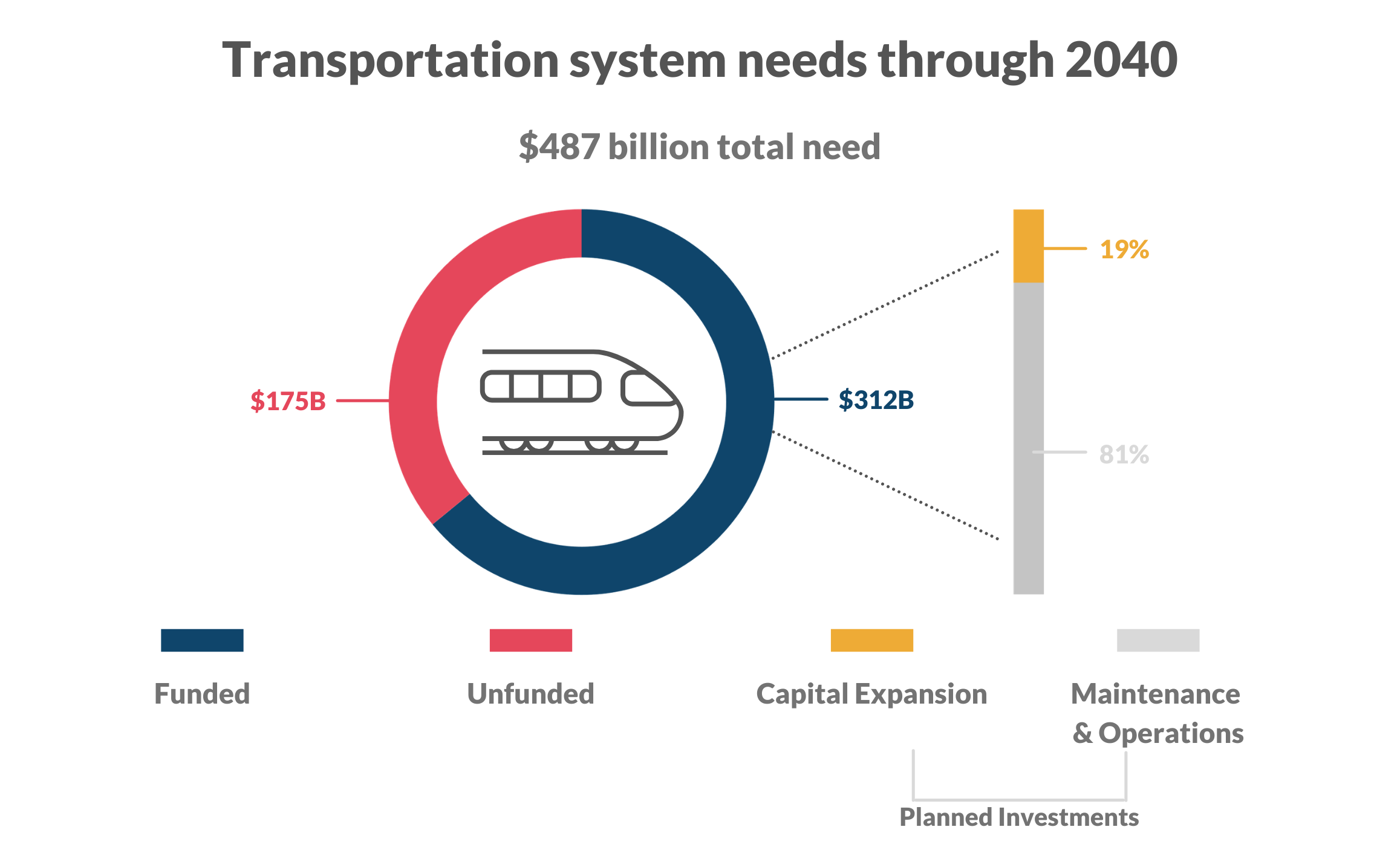
What percentage of commuters travel to a new jurisdiction for work?
Prior to the pandemic, of the region’s 10.2 million residents, nearly 50% of those who commute cross county borders and 20% cross state lines daily to access their jobs.
How much is the region’s total economic output?
Recent growth has been powered by key sectors: professional, scientific, and technical services; finance and insurance; and real estate
All Regional Mobility Work
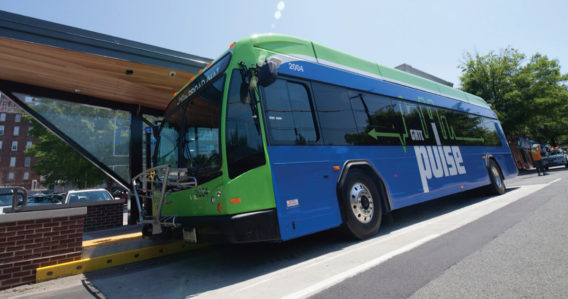
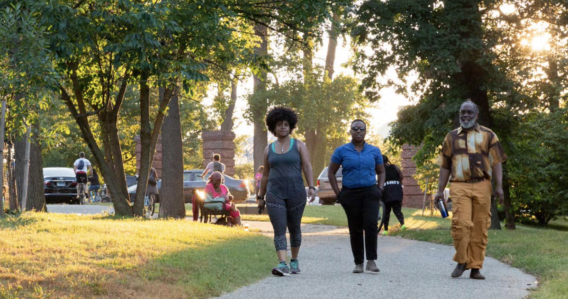
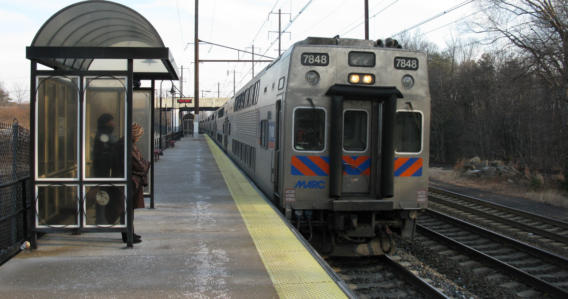
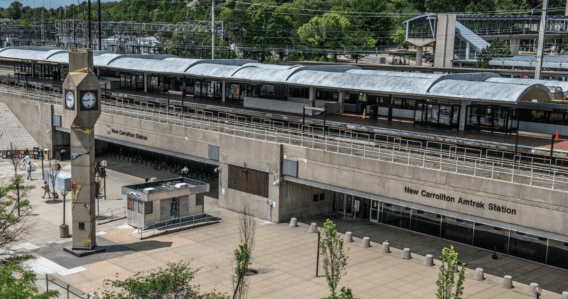
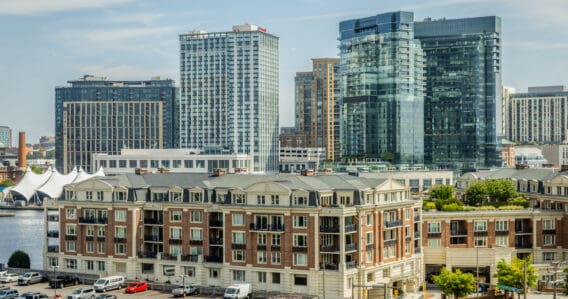
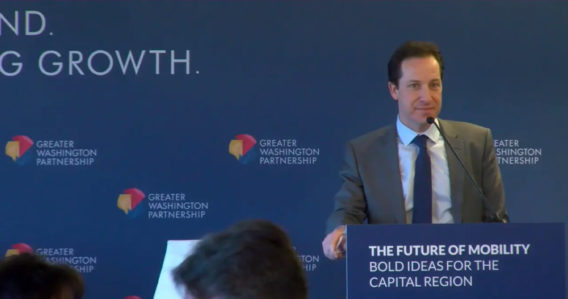
Future of Mobility: Bold Ideas for the Capital Region

Blueprint for Regional Mobility Animated Video
